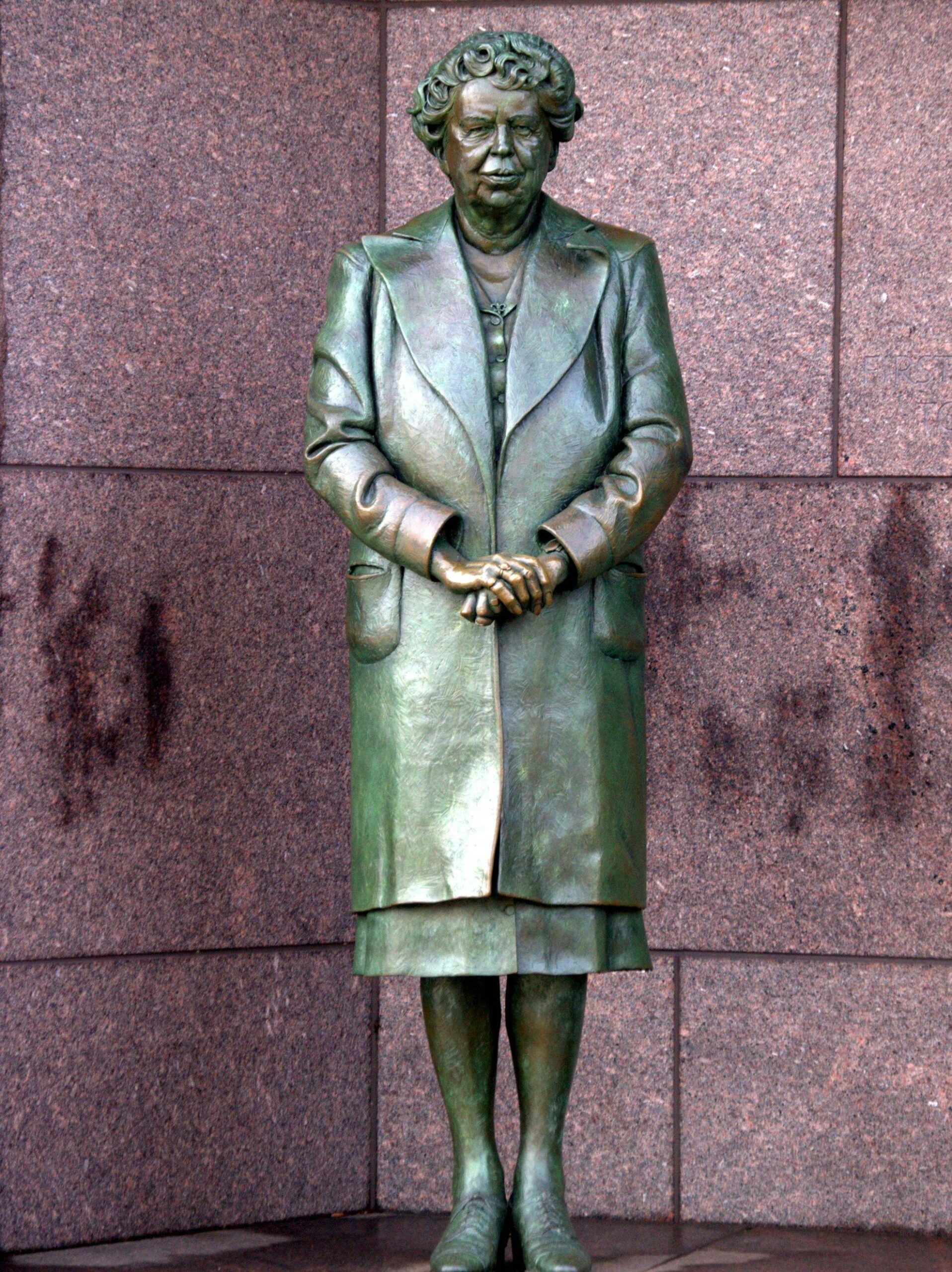Forming a Union in Your Workplace
Forming a union in your workplace can be a powerful way to advocate for your rights and improve your working conditions. While the process can seem daunting, it is a structured journey that can ultimately lead to a stronger voice for employees. This article will guide you through the steps of forming a union, from your initial desire to organize to ratifying your first contract.
Assess Interest and Build a Core Group
Who to Speak to First
Begin by gauging the interest of your colleagues. Choose a few trusted coworkers who share your concerns about workplace conditions, wages, or benefits. It’s crucial to have a small group of dedicated individuals who can help you organize and lead the effort. Ensure that you maintain confidentiality during this stage, as discussing unionizing with management may jeopardize your efforts.

Educate Yourself and Your Core Group
Research & Info Gathering
Familiarize yourself with labor laws and the benefits of unionizing. Resources like the National Labor Relations Board (NLRB) website offer valuable information. Your core group should understand the rights workers have under the National Labor Relations Act, which protects your right to organize.

Find: Affiliated Union
What Organization to Call
Once you have a committed core group, reach out to an established union that represents your industry or sector. Unions such as the AFL-CIO or local unions related to your field can provide guidance, resources, and support throughout the organizing process. They can assist you with educational materials, organizing strategies, and connecting you with experienced organizers.

Develop a Plan
Organizing Committee
Work with your core group and union representatives to form an organizing committee. This committee will lead the unionization effort. Your committee should reflect the diversity of your workplace and ensure representation from different departments and roles.
Set Goals
Determine the key issues you want to address through unionization—such as wages, working conditions, healthcare, or job security—and prioritize them.

Educate Coworkers
Conduct Informational Meetings
Hold meetings to discuss the benefits of unionizing and address any concerns. Make sure to distribute literature that explains what a union is and how it can benefit employees. Encourage open dialogue and ensure everyone feels comfortable sharing their thoughts and asking questions.
One-on-One Conversations
Engage in individual conversations with coworkers to further gauge interest and build trust. Personal connections can help alleviate fears and misconceptions about unions.

Build Support
Gather Signatures
Once a substantial number of employees express interest, begin collecting authorization cards or petitions. This is a crucial step that shows your employer the support for unionization among employees. Generally, you need at least 30% of the workforce to sign authorization cards to file for a union election.

File for an Election
Submit the Petition
With your union’s assistance, file a petition for a union election with the NLRB. The NLRB will investigate to ensure that the petition is valid and that there is enough support among employees.

Campaign 4 Union
Organize a Campaign
Once the election is scheduled, run an educational campaign to ensure employees understand the benefits of union representation. Use various methods such as flyers, meetings, and social media to encourage voter turnout and support for the union.

The Election
Participate in the Vote
When the election day arrives, ensure that all eligible employees are aware of when and how to vote. The outcome of this vote will determine whether your workplace will officially recognize the union.

Bargain for Your First Contract
Negotiating a Contract
If the vote is successful, the next step is to negotiate a collective bargaining agreement (CBA) with your employer. Work closely with your union representatives to develop proposals based on the issues identified when you developed the plan
